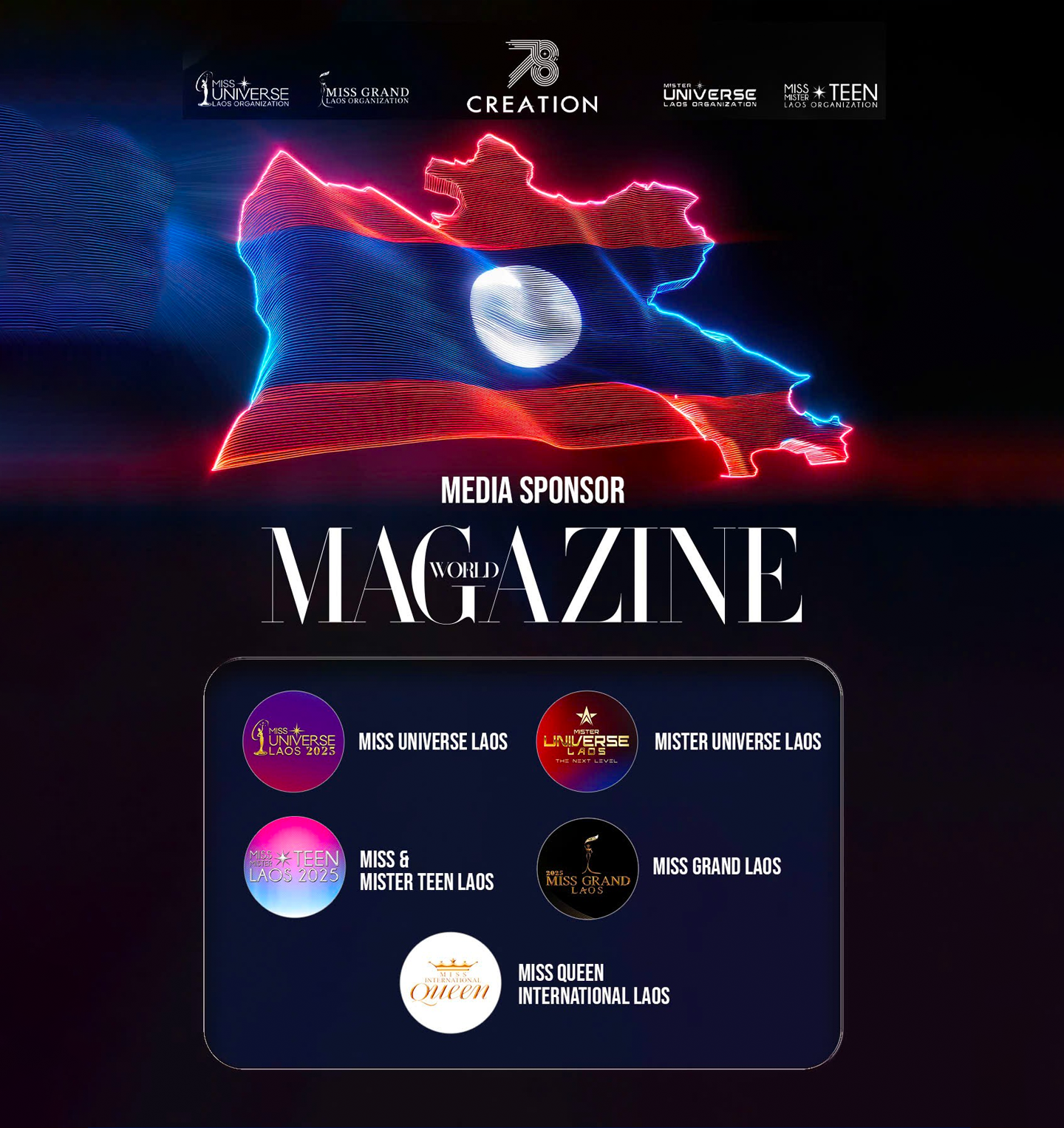On one memorable night of The Summer I Turned Pretty, Belly Conklin finds what seems like a plain slipdress at a local prom shop—only to discover it’s a minimalist creation by Victoria Beckham, worn previously by Kim Kardashian at Paris Fashion Week. The gown’s simplicity, fluid bias cut, and open back feel modest in the show, yet its real-life pedigree turns it into a fashion statement: pared-back luxury that speaks volumes in a single whisper. In romance, wardrobe, and celebrity crossover, this dress quietly becomes the main character.
Understated elegance with iconic lineage

What Belly sees as an underwhelming wedding dress actually turns out to be a Victoria Beckham Floor‑Length Cami dress: a sleek slip silhouette in crepe‑back satin, cut on the bias, with an elegant deep‑V back and mini-train. Its quiet sophistication and minimalism evoke the refined bridal aesthetic popularized by Carolyn Bessette-Kennedy in the 1990s.
Although modest in appearance, the dress boasts a price tag above US$1,000—still notably less than the average wedding dress in the United States. Its availability in multiple colorways—including ivory, lavender, grey, and blue—suggests versatility that transcends the show’s fictional wedding plans. Its simplicity is its strength, marrying ease with timeless glamour.
Celebrity crossover that elevates meaning
Unbeknownst to Belly, the same style had previously been worn by Kim Kardashian—seated front row at Victoria Beckham’s Spring/Summer 2024 show in Paris in a custom pink version. Beckham herself later donned the ivory iteration, cementing its status as a signature piece in her eponymous line.
This indirect endorsement adds layers of resonance to the on-screen moment. A dress dismissed in dialogue gains unexpected prestige in real life, transforming from fiction to red-carpet relevance. It speaks to how understated design can carry celebrity weight, subtly elevating a scene that’s less operatic and more emotionally grounded.
Narrative undercurrents: simplicity, foreshadowing, and choice

In the episode, Belly settles on the ivory slip with obvious misgivings—it’s “not fancy enough.” Yet fans quickly noted a lavender floral dress hanging in the fitting room, mirroring the prom dress from her past in a key emotional flashback. That hidden garment feels more like a narrative breadcrumb than decoration, suggesting unresolved feelings and a possible return to an earlier love interest.

This visual Easter egg has sparked speculation: is Belly’s choice of a plain dress truly the end of her arc? Or is it a stepping stone toward a more complex romantic outcome hinted at in the novels? Regardless, the simplicity of the gown and its background detail combine to emotionally foreshadow deeper developments in her journey.

When fashion becomes storytelling
The brilliance of the dress lies in how it functions multilayeredly: within the story as modest bridal choice, in the real world as minimalist fashion, and across fandoms as a symbolic connector. It’s not about sequins or dramatics, but about alignment—between character trajectory and design intention, between memory and forward motion.
This underplayed moment becomes memorable. The dress anchors Belly’s transition—from prom girl to bride-to-be—while echoing her internal conflict. Meanwhile, the viewer sees the same gown celebrated in high fashion, ironically bridging small-screen storytelling with global style circuits. In both universe and runway realms, the dress quietly puts the wearer—and the narrative—at the center of attention.




